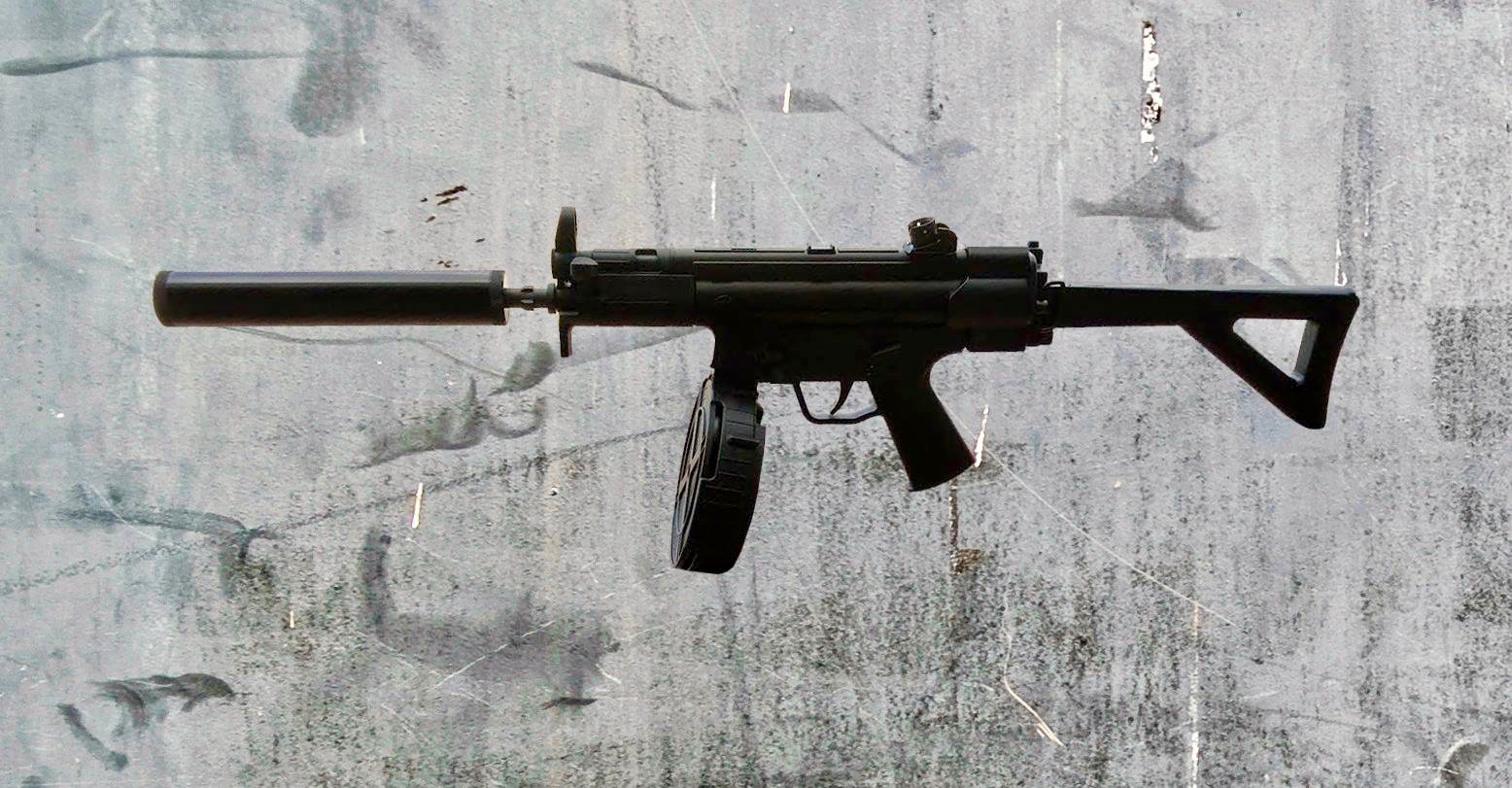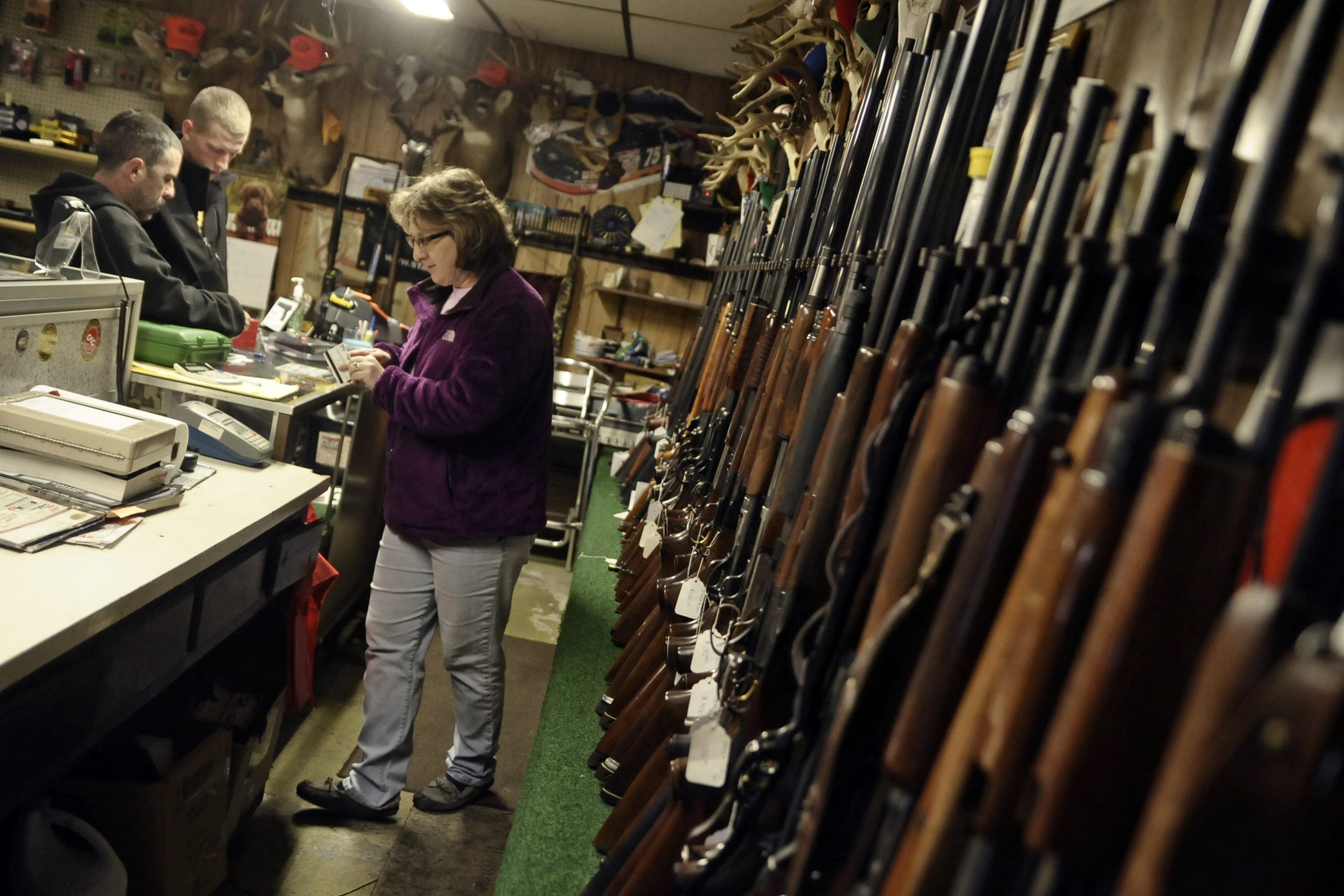The Bureau of Alcohol, Tobacco, Firearms and Explosives is polling outside interest groups about what gun regulations to eliminate following an edict from the Trump administration to cut government red tape.
In three closed-door meetings held in May and June, top ATF officials separately asked firearms-industry leaders, law enforcement officials, and representatives from gun-violence prevention groups what current regulations could be eliminated without risking public safety, according to attendees who went to one or more of the meetings.
An agenda for a May 22 meeting with gun-industry leaders, obtained by The Trace, asked attendees to consider three questions: what impact current regulations have on gun-violence prevention; what regulations need to be “repealed, replaced, or modified,” and what regulations are outdated.
One person present at the meeting with gun-violence prevention groups, which also took place May 22, said officials asked whether there were any regulations that people present “would oppose eliminating.” This person said he feels there are many regulations that the ATF enforces that are essential to public safety, and that he wasn’t prepared to list all of them on the spot. Representatives from Americans for Responsible Solutions, the Brady Campaign to Prevent Gun Violence, and Everytown for Gun Safety attended the session. (Everytown provides financial support to The Trace).
Firearms-industry officials have long complained about what they call needless regulations enforced by the ATF, which oversees firearm manufactures and dealers, operates the national gun-tracing center, and enforces federal gun laws. In January, Ronald Turk, the agency’s associate deputy director and chief operating officer, wrote a controversial white paper suggesting that the bureau “review” more than two dozen regulations, including restrictions on the sale of silencers and armor-piercing bullets, and a ban on the import of some foreign-made rifles.
In February, President Trump signed an executive action directing each federal agency to set up a task force to identify costly regulations that could be scaled back.
Turk was the highest-ranking ATF official to attend the May and June meetings with the different interest groups. The discussions were intended to be private, and representatives from organizations that attended either declined to speak on the record or did not return calls seeking comment.
The ATF also declined to comment specifically on the meetings, but in an emailed statement, a spokesperson for the agency said that conversations with gun-industry representatives, in particular, are both routine and beneficial.
“Engaging in open dialogue with these professionals allows us to better understand the industries we regulate and clarify our processes and programs,” the spokesperson said.
Some details about the meeting with firearms-industry representatives had previously been made public. On May 26, Lawrence Keane, the senior vice president of the National Shooting Sports Foundation, an industry trade group, said in a blog post that he was happy to provide input on the “much-needed” reforms.
“It is a unique opportunity to work with an administration that wants to advance the contributions of the firearms and ammunition industries to our national, state and local economies,” Keane said in the post. “These are discussions that would allow industry members to continue to grow their businesses and create new jobs.”
According to two people present at the ATF meeting with gun-violence prevention groups, people present expressed concern about Turk’s white paper, which quoted the Second Amendment on its title page. They asked whether its tone indicated that the firearms industry has too much influence at the ATF.
Turk suggested in his paper that regulations be eased on purchasing suppressors, also known as silencers. Under the 1934 National Firearms Act, people who want to buy suppressors have to submit fingerprints and a photograph, pay a $200 tax and be entered into a federal register. There is a backlog of about nine months for the ATF to process those applications.
Rolling back such restrictions is not something the ATF can do alone. A bill that would eliminate the tax and the application process is pending. Anyone buying a silencer from a licensed firearms dealer will still need to pass a background check.
In April, Turk told the House Committee on Oversight and Government Reform that he wrote the white paper to spur discussion, so the agency would be ready if the Trump administration asked for ideas about reducing regulations. He argued in the paper that the proposals would ease the burden on the ATF to enforce restrictions that have little public-safety benefit, and free up resources to fight crime.
One person present at the ATF meeting with gun-violence prevention groups said Turk stated during the dialogue that any reform that would compromise public safety “was probably not on the table.”
Representatives from the gun safety groups asked the ATF to provide them with more data, both about the bureau’s law enforcement efforts and about its industry regulation efforts, so that stakeholders could make educated assessments of whether policies are working. They said that ATF officials agreed to share the information.
The ATF said at the meetings that a key goal at the agency in the coming years is to improve infrastructure upgrades at several ATF facilities. At present, boxes of records from licensed gun dealers that are no longer in operation are kept in shipping containers in the parking lot of the National Tracing Center in Martinsburg, West Virginia, awaiting processing. The ATF would like to add a second story to the tracing center building to hold some of those documents, attendees said.
The ATF is also hoping to build a $40 million facility, tentatively named the National Center for Gun Investigative Excellence, in Huntsville, Alabama. The center would provide local police departments support in matching bullet casings found at crime scenes with other shootings and crime guns, people at the meetings said. Funding for such a facility has not yet been allocated.
In a blog post about its meeting with the ATF, the National Association of Police Organizations said the ATF had not made any decisions about what regulations it will recommend easing. Other law enforcement groups present included International Association of Chiefs of Police, the Fraternal Order of Police and the National Sheriffs Association, among others, the post said.
“ATF currently does not have any regulations it is looking to repeal and it is still awaiting further direction from the Justice Department on how to implement the Executive Order,” the post said.


